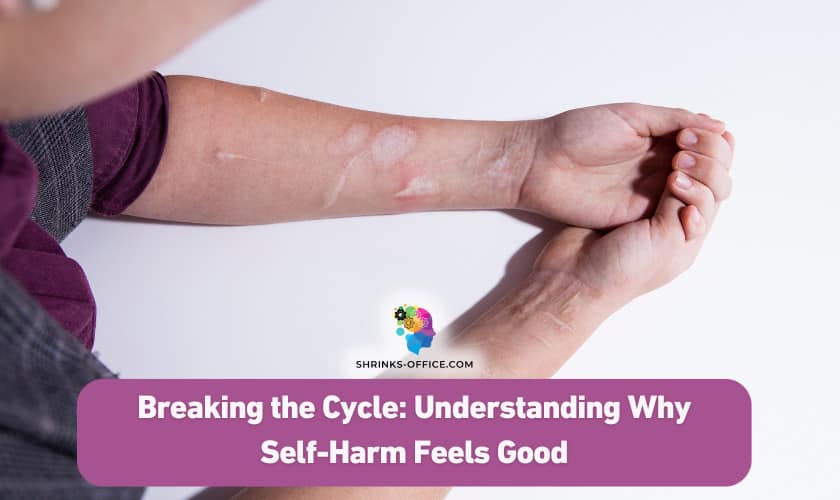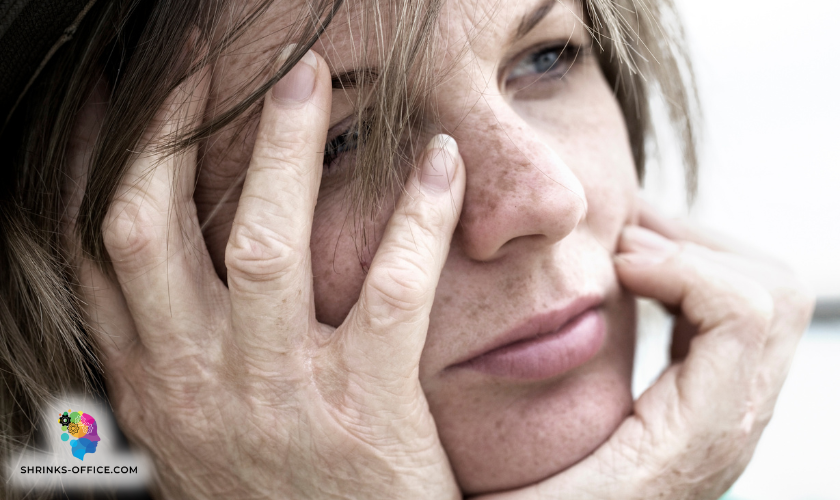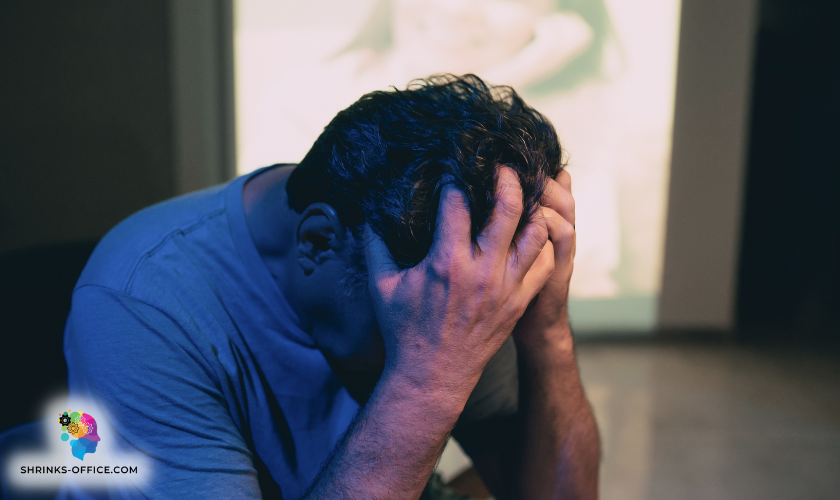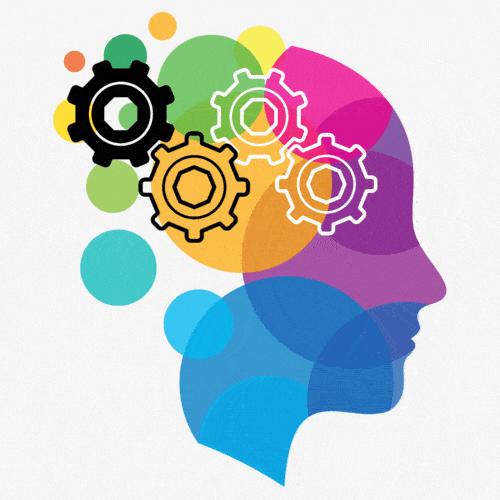In today's fast-paced world, finding moments of mindfulness can be a challenge. Embracing "The Power of Now"...

Self-harm is described as purposeful bodily harm without suicidal thoughts. Common methods of self-harm include cutting, burning, and hitting oneself. Self-harm can feel good because it makes your body release special chemicals.
This article will help us learn more about why people hurt themselves. To understand why people might feel better after self-harming, we shall examine the science and psychology underlying it.

Self-harm is described as purposeful bodily harm without suicidal thoughts. Common methods of self-harm include cutting, burning, and hitting oneself. Self-harm can feel good because it makes your body release special chemicals.
Endorphins help make the pain go away, and dopamine helps you feel happy. When someone hurt themselves, their body releases those chemicals which distract them from their negative emotions. [1]

People who self-harm to hurt themselves have to cope with strong emotional pain. Even if they are unable to explain the reason behind the self-harm episodes, they use it explicitly to express how unpleasant their emotions are and see it as a way to punish themselves.
The physical pain behind self-harm can offer someone a sense of control and the physical sensation gives them a sense of relief from their emotional turmoil. The release of tension and the ability to take action to alleviate their emotional pain can be empowering and make an individual feel better for the moment. [2]

The physical pain from self-harm is a temporary escape from negative thoughts or emotions, but it can also lead to problems in the future. You might have scars or get sick from infections.
People who self-harm can get addicted to it, and they might do more dangerous things to feel pain. When we inflict self-injury, the physical pain feels good for a little while. But in the end, it only creates a cycle of more physical and emotional pain.
It will only make you feel worse and more depressed. [4]
It is not just important to find a therapist who has the necessary experience working with individuals who practice self-harm, or non-suicidal self-injury, but also somebody you feel comfortable talking to. Therapy is not a quick fix, and it may take time to see some progress. It's important to be patient and committed to the therapy process, and Online Therapy help is a mere phone call away.

Individuals who suffer from symptoms of depression, anxiety, or other mental health issues may require medication to help them stop hurting themselves. [6]

Jamie Tworkowski is the founder of To Write Love on Her Arms (TWLOHA), a non-profit organization that helps people struggling with self-harm, addiction, and mental illness. Jamie started TWLOHA after he attempted suicide in 2006. He realized that he needed to find a way to help other people who were struggling with the same issues that he was. TWLOHA now has over 1 million supporters worldwide and has helped countless people find hope and healing. [1]
Amy Schumer is a comedian and actress who has been open about her struggles with self-harm. In her book, The Girl with the Lower Back Tattoo, Amy writes about how she started self-harming when she was a teenager. She says that she used self-harm as a way to cope with her pain and to feel in control. Amy eventually found the strength to overcome her addiction to self-harm and she is now an advocate for mental health awareness. [2]
Self-harm can feel good to some individuals due to a combination of biological, psychological, and emotional factors. While this act may provide temporary relief from overwhelming emotions, it is important to recognize that self-harm is ultimately harmful and unsustainable as a coping mechanism. Seeking support and understanding the reasons behind this behavior is essential for healing and recovery.
Don't hesitate to delve deeper into this topic by exploring our comprehensive article, 'Here's How To Tell Your Parents You Self-Harm.'
Self-harm is not a mental illness. But it can be connected to other mental health problems like depression, anxiety, or trauma. If you find that you practice self-harming, it is important to get help from someone who knows about this problem.
Yes! With emotional support and the right therapist, any person who experiencing emotional problems can learn how to handle those negative feelings and emotional pain the correct way.
In today's fast-paced world, finding moments of mindfulness can be a challenge. Embracing "The Power of Now"...
In our fast-paced world, finding moments of tranquility can be a challenge. Meditation apps offer a convenient...
In our fast-paced world, taking time for self-reflection and mindfulness is essential for well-being. Journaling can be...
In today’s fast-paced world, managing stress has become an essential aspect of maintaining overall well-being. Two popular...
Dissociation can be a challenging experience, especially the one that happens at work. Are you experiencing dissociation?...
Bionic reading transforms the reading experience for ADHD individuals by guiding the eyes for focus and understanding. Dive into the world of bionic reading.
Explore the complexities of postpartum depression and genetics in our blog 'Is Postpartum Depression Hereditary?' for insights into maternal mental health.
